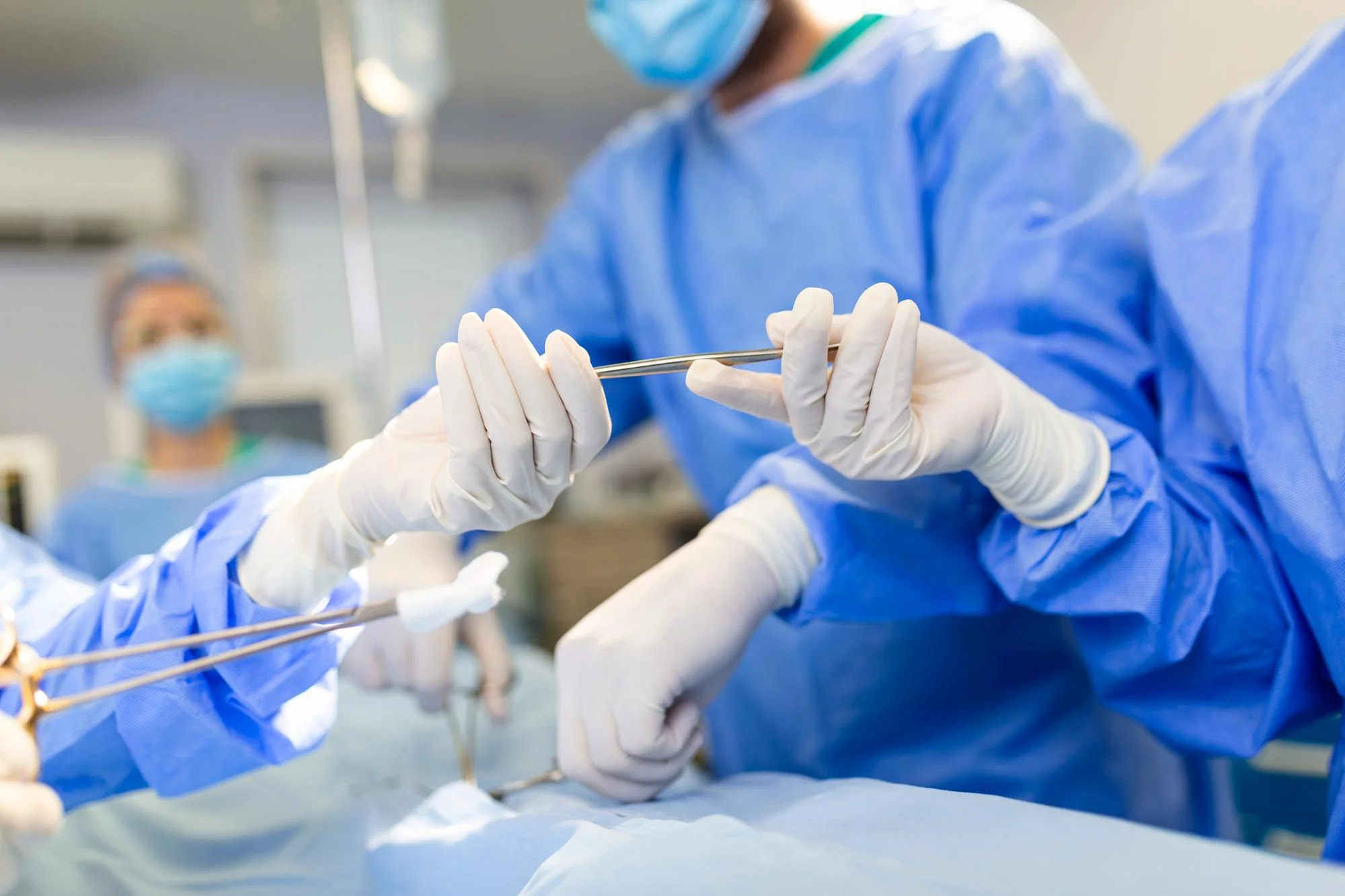Keywords
1. Acromio-Clavicular Joint Cyst
2. Shoulder Arthrogram Geyser Sign
3. Ganglion Cyst Surgery
4. Cuff Tear Arthropathy
5. Acromioclavicular Joint Arthritis
As one delves into the complexities of orthopedic conditions, it is not uncommon to encounter cases that both challenge and expand current medical understanding. A fascinating example of such a case was detailed in the “Journal of Clinical Orthopaedics and Trauma” where a massive acromio-clavicular joint ganglion cyst was successfully treated through a thoughtful surgical approach.
Introduction: Understanding Acromio-Clavicular Joint Disorders
The acromio-clavicular joint, located where the acromion of the scapula meets the clavicle, is a critical region for shoulder movement and stability. The manifestation of ganglion cysts in this area, although relatively rare, can be an indicator of underlying joint pathologies, such as degenerative acromio-clavicular joint arthritis or a rotator cuff tear arthropathy (DOI: 10.1016/j.jcot.2019.03.001). This article explores one such occurrence and the subsequent therapeutic measures taken.
Case Presentation: The Anomaly of a Massive Joint Cyst
In this remarkable case, a 76-year-old female patient presented with a ganglion cyst associated with cuff tear arthropathy and significant acromio-clavicular joint arthritis. Notably, despite these severe degenerative changes, she maintained normal shoulder functions (Purohit et al., 2019).
The patient reported superficial pain localized over the cyst, yet experienced no apparent signs of a cuff tear, and provocative tests returned negative. Imaging studies, including a shoulder arthrogram, revealed the presence of the “geyser sign,” indicative of a communication between the joint and the cyst, a hallmark of this condition (Craig, 1984).
Surgical Approach and Outcome
To address the patient’s condition, a tailored surgical intervention was planned. This involved excision of the cyst en bloc, distal clavicular resection, and a capsulorrhaphy to repair the defect in the acromio-clavicular joint capsule.
The “check valve” mechanism, believed to facilitate cyst expansion, was addressed during the surgery, preventing recurrence of the ganglion. At a one-year postoperative follow-up, the patient showed no signs of cyst recurrence and had maintained shoulder function (Purohit et al., 2019; Feeley et al., 2009).
Importance of Appropriate Diagnosis and Intervention
Cases such as this underscore the critical importance of precise diagnosis and individualized treatment in orthopedic surgery. Effective management of acromio-clavicular joint cysts requires a clear understanding of the underlying pathology, as confirmed by diagnostic imaging and clinical examination (Cooper et al., 2011).
Surgical excision combined with joint reconstruction procedures can offer substantial relief and prevent long-term morbidity. In this case, the surgical approach not only eliminated the symptomatic cyst but also targeted the root cause of the cyst formation—joint degeneration and rotator cuff tear arthropathy.
Discussion and Literature Review
The existence of ganglion cysts in the acromio-clavicular joint is documented but rare, with it often being associated with a rotator cuff tear. The “geyser sign,” as seen on imaging, signifies a rupture of the joint capsule with the cyst fluid being forced into the subacromial space (Craig, 1986).
Previous literature has suggested various treatment modalities, ranging from aspiration with or without corticosteroid injection, to arthroscopic or open surgical resection (Gumina et al., 2016; Skedros & Knight, 2012). However, recurrence is a known risk, thus reinforcing the need for procedures that comprehensively address the associated joint pathology (Murena et al., 2009).
The management of the acromio-clavicular joint ganglion cyst is also nuanced by the patient’s general health status and the functional demands of their shoulder. Across the spectrum of previous cases, the choice of treatment has been influenced by factors such as patient age, comorbidities, and cyst size (Hiller et al., 2010; Kontakis et al., 2007).
Conclusion: Surgical Procedure as a Favored Approach
The surgical removal of an acromio-clavicular joint ganglion cyst, combined with distal clavicular resection and capsulorrhaphy, presents a promising solution to what could otherwise be a chronic and recurrent problem.
The success of the case at hand is indicative of the efficacy of this procedure. It also highlights the adaptability of surgical techniques to effectively treat orthopedic conditions while taking into consideration the patient’s overall health, lifestyle, and the particularities of their case.
Future Implications and Recommendations
Continued documentation and longitudinal study of such cases will undoubtedly contribute to the refinement of surgical techniques and treatment protocols for acromio-clavicular joint cysts. As exemplified in this case report, the importance of a comprehensive approach to diagnosis, incorporating imaging and clinical assessments, facilitates tailored treatments that yield successful outcomes.
Healthcare providers should remain vigilant for symptoms that could denote the presence of an acromio-clavicular joint ganglion cyst, particularly in patients with known joint degeneration or previous rotator cuff pathology. Early intervention could prevent the cyst from becoming massive and causing functional limitations.
References
1. Purohit S.S., Keny S.S., Raja B.B., Marathe N.N. (2019). Massive acromio-clavicular joint ganglion cyst associated with cuff tear arthropathy and acromioclavicular joint arthritis with normal functional shoulder – A case report. Journal of Clinical Orthopaedics and Trauma, 10(3), 522-525. doi:10.1016/j.jcot.2019.03.001
2. Craig E.V. (1984). The geyser sign and torn rotator cuff: clinical significance and pathomechanics. Clinical Orthopaedics and Related Research, 191, 213-215.
3. Cooper H.J., Milillo R., Klein D.A., DiFelice G.S. (2011). The MRI geyser sign: acromioclavicular joint cysts in the setting of a chronic rotator cuff tear. The American Journal of Orthopaedics, 40(2), E118-E121.
4. Feeley B.T., Gallo R.A., Craig E.V. (2009). Cuff tear arthropathy: current trends in diagnosis and surgical management. Journal of Shoulder and Elbow Surgery, 18(3), 484-494. doi: 10.1016/j.jse.2009.01.001
5. Murena L., D’angelo F., Falvo D.A., Vulcano E. (2009). Surgical treatment of an aseptic fistulized acromioclavicular joint cyst: a case report and review of the literature. Cases Journal, 2(1), 8388. doi: 10.1186/1757-1626-2-8388
In conclusion, by dissecting and understanding the intricacies involved in the management of a massive acromio-clavicular joint ganglion cyst, the aforementioned case report not only enriches orthopedic literature but also serves as a beacon guiding future surgical interventions.
